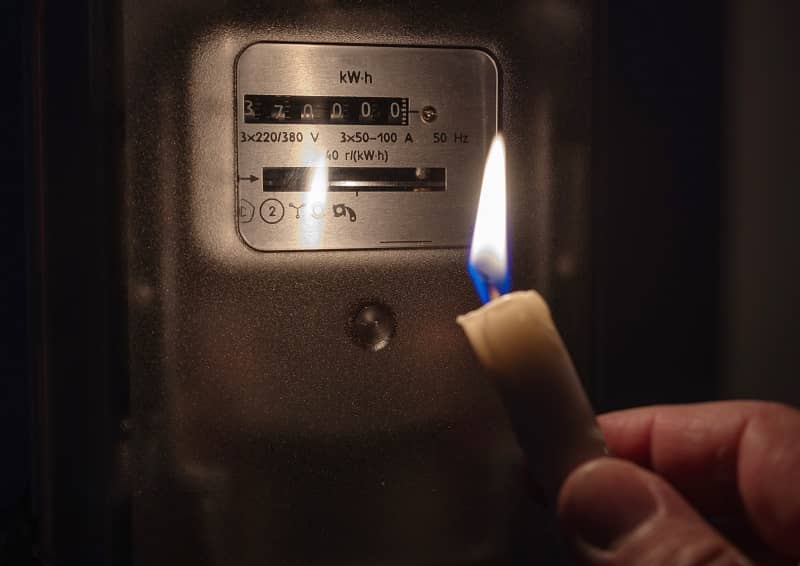In 2010, approximately one in 30 Oregonians had their electricity cut off due to inability to pay. Enrollment in the low-income assistance program has increased significantly in the past few years. Part of this was undoubtedly due to the recession, but mandating the addition of more renewable energy to the grid has and will continue to increase electricity rates. Ever-increasing rates will leave even more Oregonians unable to pay their bills.
In 2007, Oregon legislators passed Senate Bill 838 which established a state Renewable Portfolio Standard (RPS), effectively forcing utility customers to purchase renewable energy. A recent economic analysis by Cascade Policy Institute reveals this bill has significant negative consequences which are just beginning to come to light.
The study finds that because of these mandates the average Oregonian household will pay an additional $1,706 in higher electricity costs; the average commercial business will spend an extra $9,641; and the average industrial business an extra $80,115 over the period of 2015-2025. Overall, the mandate will cost Oregonians nearly $7 billion more than conventional energy sources until 2025.
More expensive energy and higher electricity costs lead to job losses as well. By 2025, the Oregon economy will lose an average of 17,530 jobs.
Legislators need to rethink their push to force renewable energy on citizens before electricity costs spiral out of control, or utilities will leave Oregonians out in the cold.











